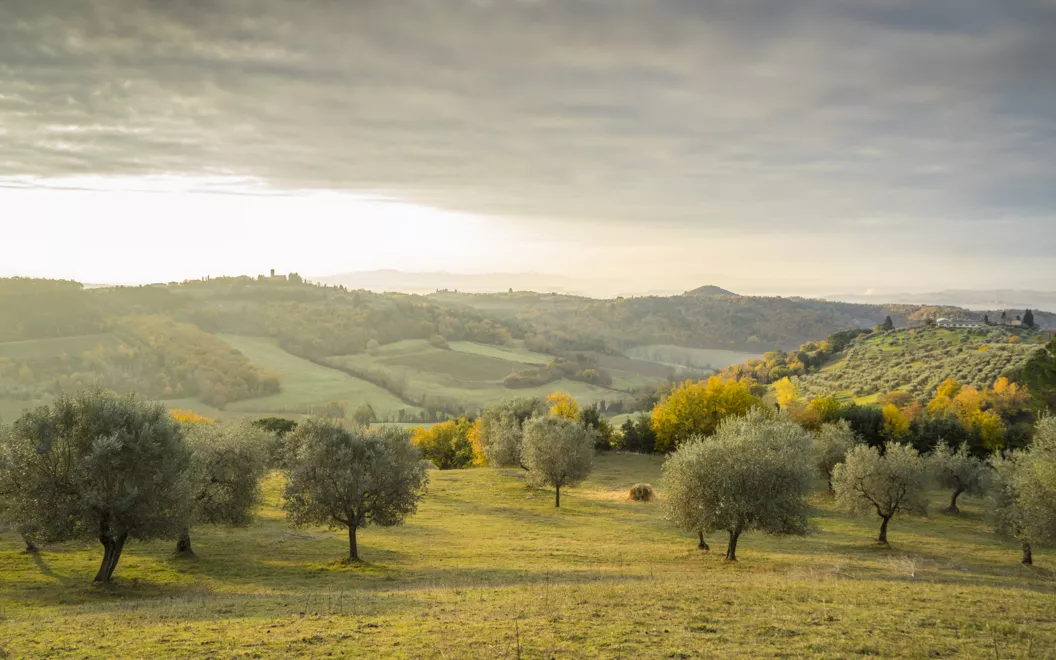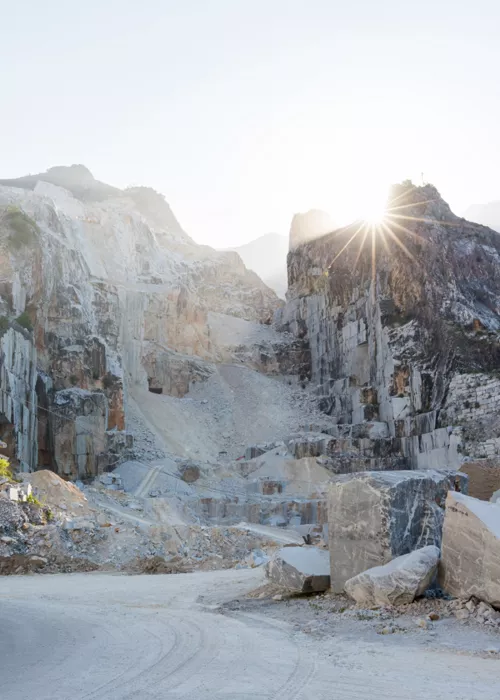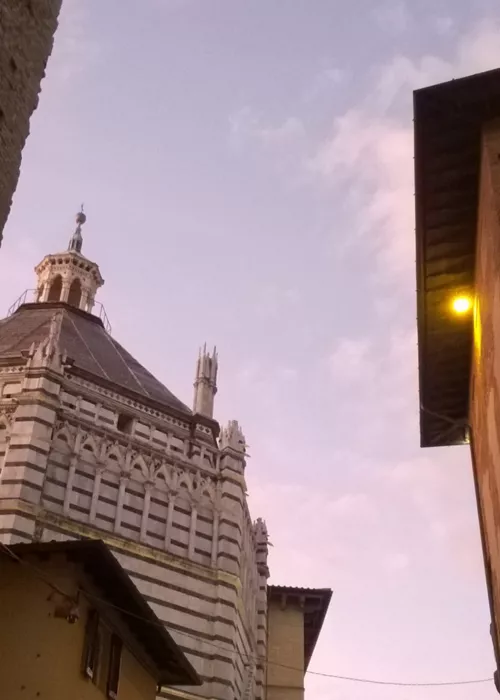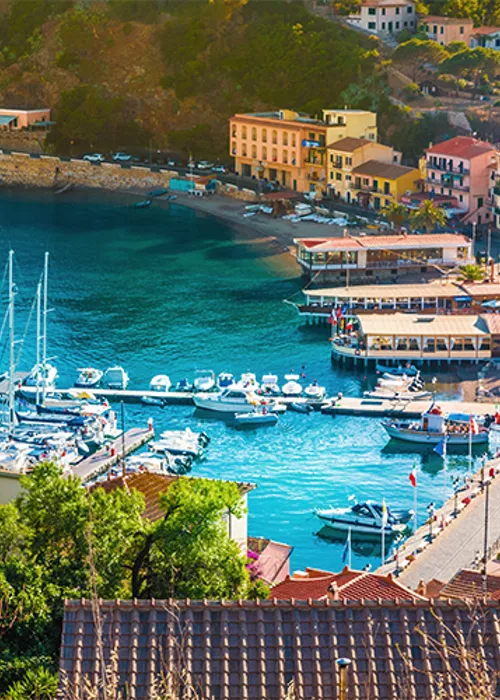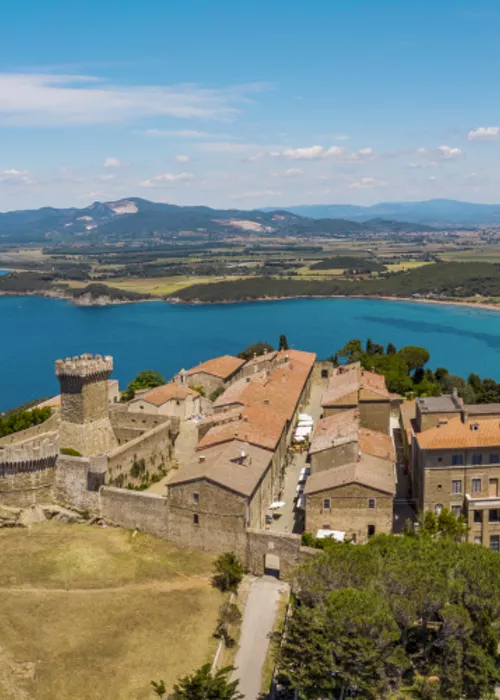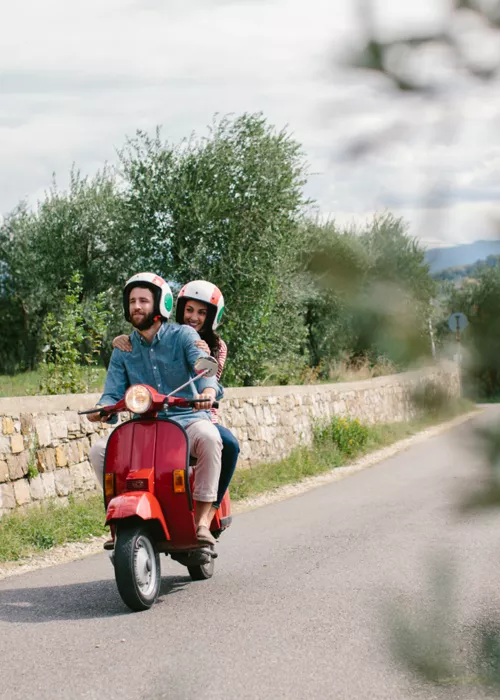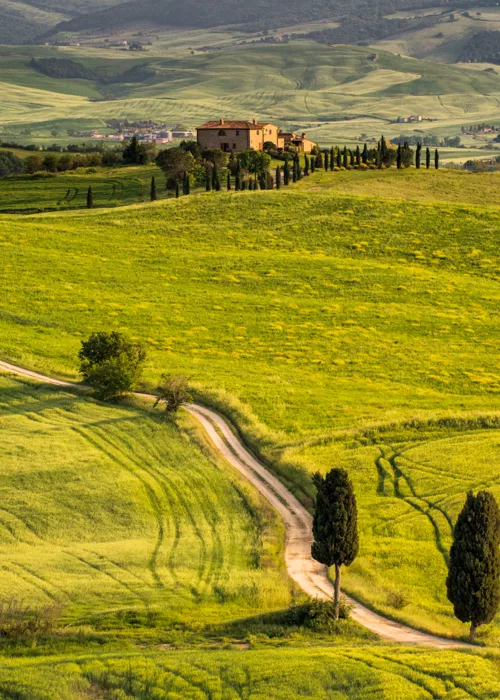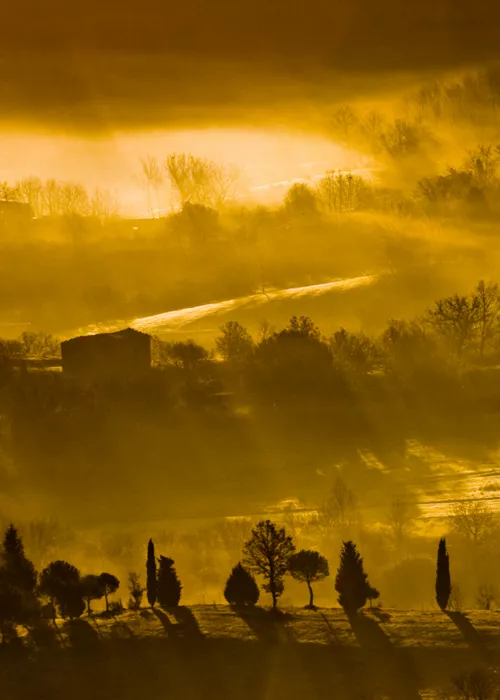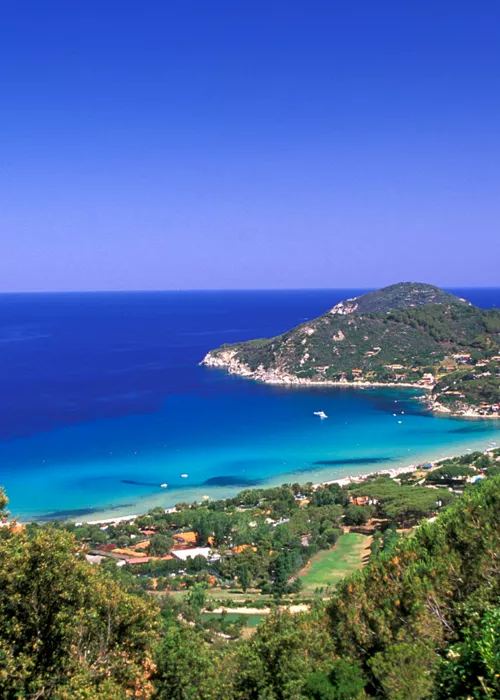Barberino Tavarnelle

Among the most celebrated Tuscan food products, loved by chefs and restaurateurs around the world, stands out the extra virgin olive oil.
Founded in 1998, the protected geographical indication, Toscano Igp, encompasses a multiplicity of aromas and flavours that vary according to the area of origin of the product.
There are further specific Protected Designations of Origin (PDO), which refer to small cultivated areas capable of yielding a particularly recognisable extra virgin olive oil of the highest quality.
Nestled among the enchanting landscapes of the Via Cassia, which connects Florence to the Terre di Siena and beyond to Rome, many of the olive groves in the Barberino Tavarnelle area belong to the PDO Chianti Classico. Alongside the famous vineyards, chestnut trees and oaks typical of this area, varieties of olives of the Frantoio, Moraiolo, Leccino and Coreggiolo cultivars grow in Chianti region, yielding a fruity oil, with aromas of artichoke and fresh grass.
Delving into the past of Barberino Tavarnelle, it turns out that this toponym has existed since 2019, following the merger of two previous municipalities: Barberino Val d 'Elsa and Tavarnelle Val di Pesa.
The ancient, elliptical-shaped nucleus of Barberino Val d'Elsa is spread out on a rise, surrounded by medieval fortifications that open at the northern and southern ends into two gates: the Florentine gate and the Senese gate, and the two gates could not be called otherwise, given the geographical directions towards which they tend.
Among the village streets, the Pieve di S. Bartolomeo, whose terrace offers a splendid panorama of the Tuscan landscape, and the façade of the Palazzo pretorio, adorned with ancient coats of arms, are worth a closer look. In the Pilgrims' Hospital, a short distance away, travellers on their way to Rome found refreshment and protection.
You have to travel south to see the ancient Romanesque Pieve di S. Appiano (parish church of St. Appian), named after the saint who, according to tradition, completed the evangelisation of this area.
To visit the Badia di Passignano you have to retrace your steps in the direction of Florence. Immersed in a landscape perfumed by Chianti vineyards, cypresses and oaks, this large abbey is a treasure trove of medieval art and history: particularly well-known among art historians is the monastery's refectory, adorned with a vast fresco of the Ultima Cena (The Last Supper), painted in 1476 by Domenico and Davide Ghirlandaio.
Vicopisano

The second stop on this itinerary to discover Tuscan olive oil is Vicopisano, a small town on the banks of the Arno River, which, after lapping the banks of the historic centre of Florence, passes through here in the direction of Pisa and the Tyrrhenian Sea, the end of its journey.
It is precisely thewater that has made Vicopisano's commercial fortunes since, in addition to joining the coast and the Florentine countryside via the Arno, this territory is also crossed by an artificial canal, the so-called canale imperiale, which flows northwards towards Altopascio, in the province of Lucca.
All around the two main watercourses are splendid views of the agricultural landscape of the Monti Pisani. This is a sub-area of the Toscano Igp oil from which comes an extra virgin olive oil with a spicy and slightly bitter flavour, mainly from the Frantoio, Leccino and Moraiolo cultivars, ideal to accompany a slice of Tuscan bread.
In the autumn, during the occasion of the olive harvest, hundreds of people bring the freshly picked fruits by hand to the Vicopisano mill, after spending entire days standing on the bucolic terraces overlooking the town. The Monti Pisani is a landscape harmoniously shaped by man, to be explored slowly following its paths on foot, by bike or on horseback.
The most tangible and fascinating signs of Vicopisano's past can be found among the "chiassi", typical alleys in the historic centre, especially when the medieval festival invades the streets of the town every first weekend of September with historical re-enactment shows, street games and typical craft markets.
For about two centuries, starting in the 13th century, the fortified village was used as a military post by the Maritime Republic of Pisa to defend itself against attacks from inland.
In 1406 Vicopisano then passed into the hands of the Florentines, who entrusted their leading architect, Filippo Brunelleschi, the future designer of the dome of the cathedral of S. Maria del Fiore, with the reinforcement of the town fortress which, even today, is still called Rocca del Brunelleschi.
Before leaving Vicopisano, you cannot miss a visit to the Pieve di S. Maria, at the foot of the historic centre, slightly offset from the medieval walls, is a must: it is a small Romanesque-style church, decorated with 13th-century frescoes and enriched by a fine group of wooden sculptures.
Montecarlo

Just fifteen kilometres east of Lucca's Renaissance walls lies Montecarlo, an ancient hilltop village nestled among vineyards and olive groves, crops that have been an integral part of the landscape of the Lucchesia since antiquity.
Like that of Chianti Classico, that of Lucca's extra virgin olive oil is also a protected designation of origin. Lucca PDO is obtained mainly from olives of the Frantoio and Leccino varieties and has a sweet, fresh and pleasant aftertaste.
The historical events of the settlement of Montecarlo are closely linked to the development of its fortified citadel. The village first assumed a prominent role in the defence of the eastern borders of Lucca when, in the early 14th century, the territory passed into the hands of John I, a northern European ruler, king of Bohemia but of Luxembourg origin.
The origin of the toponym Montecarlo dates back to when the citizens of this hilly area chose to dedicate the name of the village to the son of John I, Charles, who was to become emperor of the Holy Roman Empire in 1355 under the name of Charles IV of Luxembourg.
In recognition of this gesture of respect and devotion, the new masters bolstered the defences of Montecarlo by constructing robust towers and walls, later reinforced by the Florentine House of Medici in the 16th century. New residences of local aristocrats sprang up inside the walled citadel, along with the picturesque pattern of squares and pathways that still makes Montecarlo a surprising and unexpected destination.
Little remains of the enormous military structure of earlier centuries, but the few preserved sections can be seen inside the Fortezza di Montecarlo. In the streets of the historic centre there is also a parish church dedicated to St. Andrew and the prestigious Teatro dei Rassicurati, used for shows and performances. It was 1795 when the decision was taken to give Montecarlo a small, richly-decorated opera house. Even today, it is the jewel in the cultural crown of this Tuscan village.


